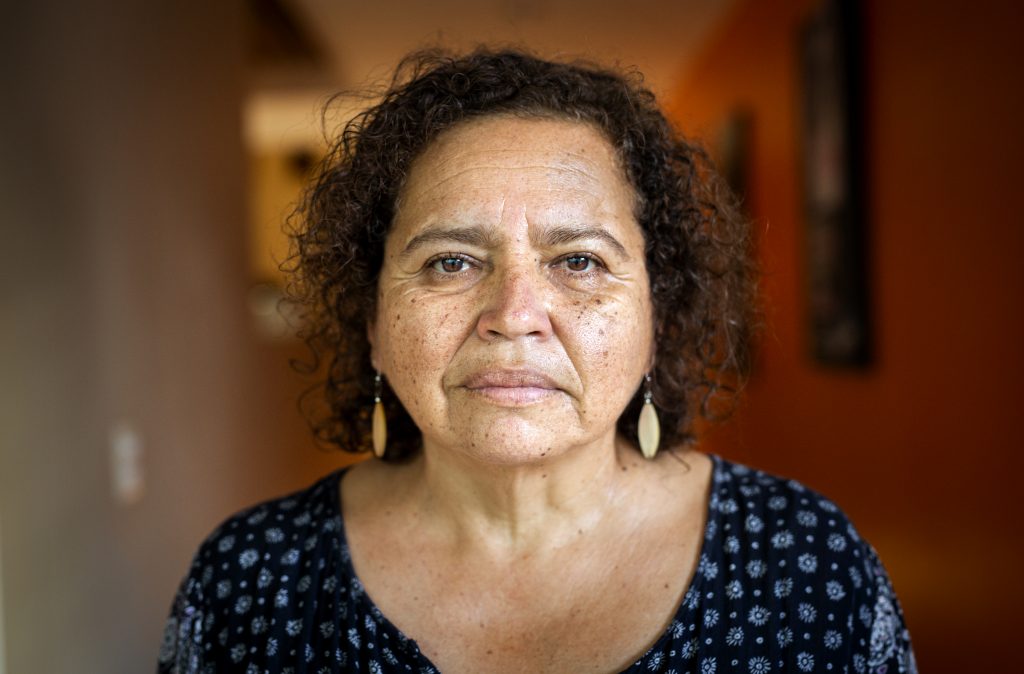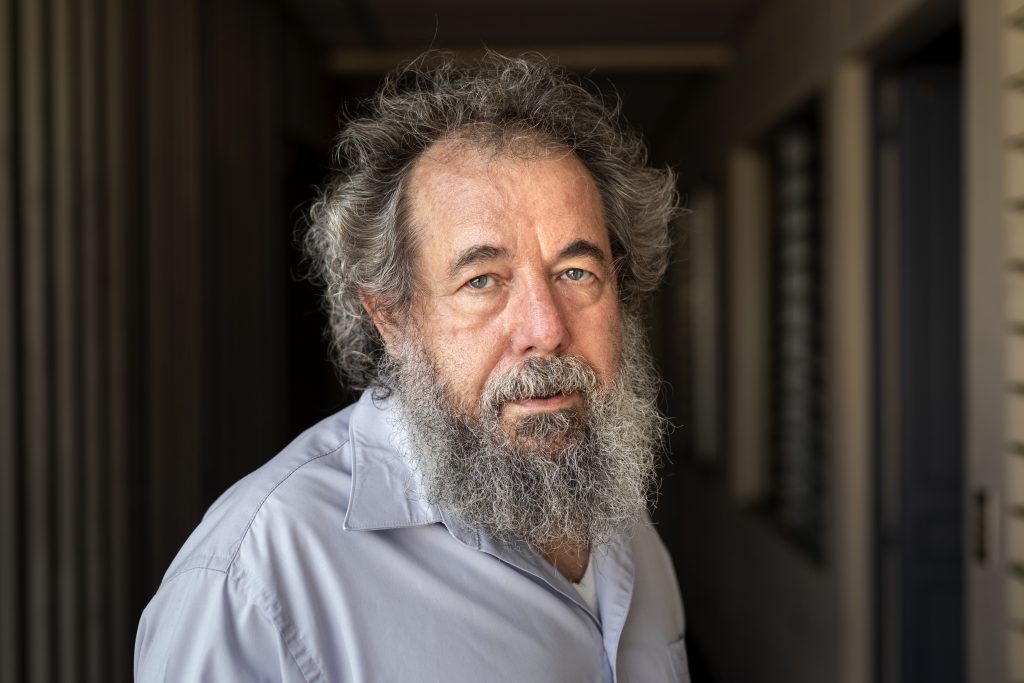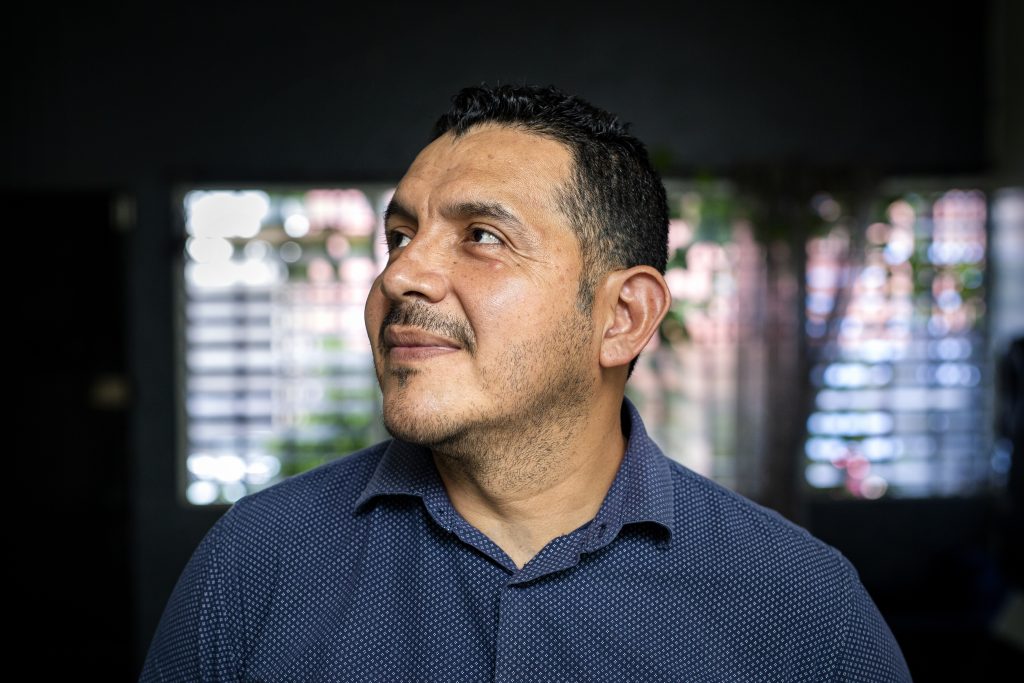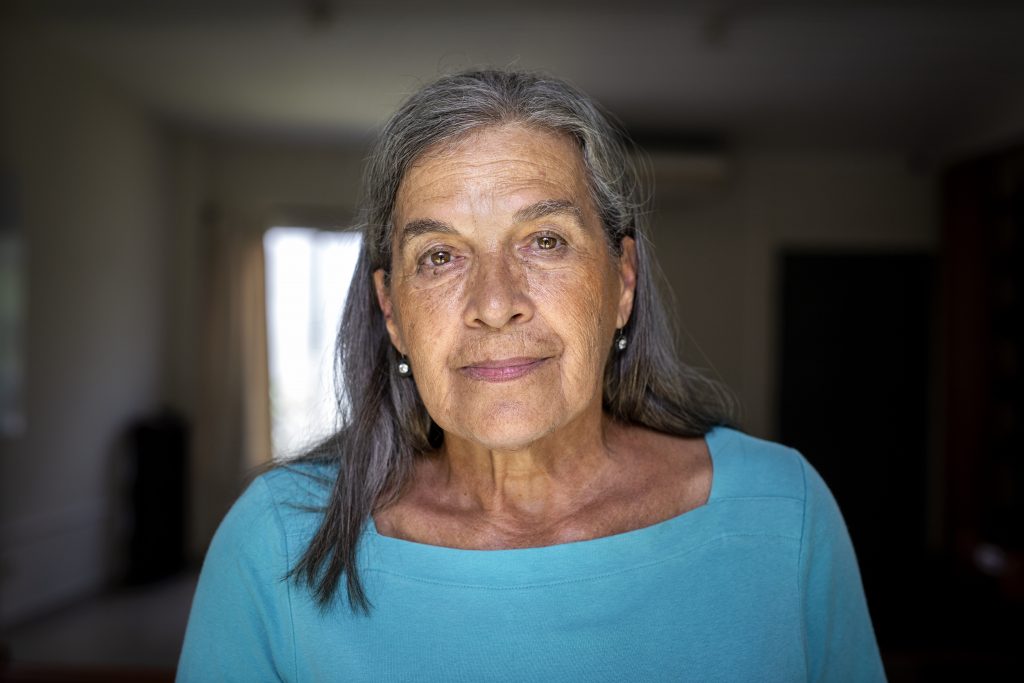Through photography and interviews, the exhibition is a journey through the many faces of violence that affect daily life in three Central American countries known as the Northern Triangle: El Salvador, Guatemala and Honduras.
Extortions, rapes, kidnappings, murders and disappearances, and situations of poverty and social exclusion are part of the daily lives of a large segment of the population, especially the most vulnerable.
However, in this hostile context of violence, the exhibition also gives voice to the people who fight daily to transform this reality through educational initiatives, awareness, care and solidarity. Brave people who undertake projects with a great capacity for resilience demonstrate that history is not written and that there is extraordinary potential to advance towards peace.
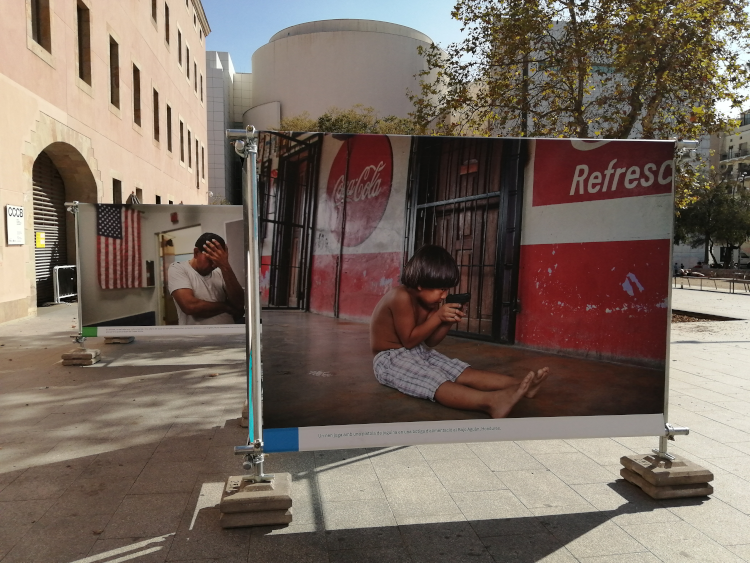
Women, children, youth and migrants
The exhibition is divided into four thematic areas: Women, Children, Youth and Migrants. Throughout the exhibition, the violence suffered by various sectors of society is shown. Women and children are particularly vulnerable, as are young people recruited by “maras,” lured by the promise of security in poor and socially marginalised environments. These gangs, which have become violent transnational mafias, allow them to grow and make easy money.
In this context, many people are forced to migrate, thus exposing themselves to arrest, kidnapping, rape or murder, primarily by organised crime. The Northern Triangle route to the United States is a severe humanitarian crisis scene.
As a counterpoint to the multiple forms of violence, the exhibition highlights the trajectory of four people who face the situation from their fields of action. Based on interviews, the exhibition features the following testimonies:
–Morena Herrera, women’s rights advocate, El Salvador-
–Marisa Martínez, children’s rights advocate, El Salvador
–Wilfredo Gómez, a former member of the “maras” and founder of the “Huellas de esperanza” (Traces of hope) program, El Salvador
–Mauro Verzeletti, founder and director of “La Casa del Migrante,” Guatemala
Morena Herrera Mauro Verzeletti Wilfredo Gómez Marisa Martínez
Technical characteristics
The exhibition includes a QR code to access a Spanish and English translation of the texts. It also features an audio description system for the blind.
The exhibition consists of four cube-shaped structures that can be distributed in indoor and outdoor public spaces. The distribution of the cubes adapts to the space available, and the exhibit is both easy to install and weather resistant. Each cube deals with a particular theme and features photographs on the outside and text on the inside.
“Facing Violence: Stories of resilience in Central America” is part of ICIP’s “Violence in non-war settings” work area.

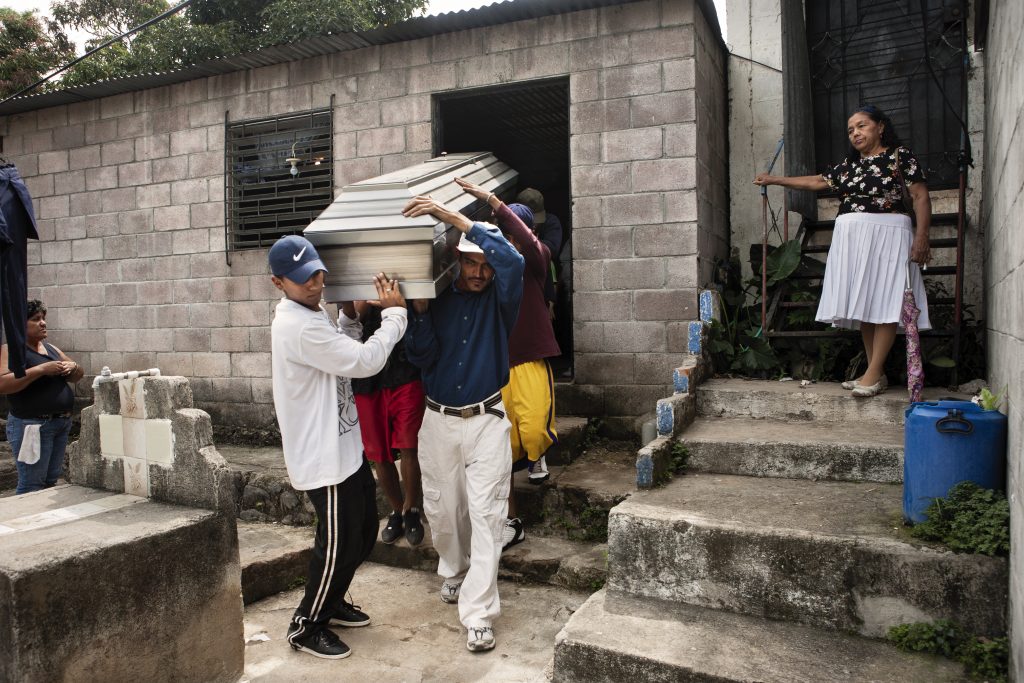
The authors
RUIDO Photo is an organisation comprised of professionals in journalism and the image, which works towards raising awareness about social problems and education for development through documentary photography. For over fifteen years, they have reported conflicts and human rights violations in more than twenty-five countries worldwide. Their tool is photography, but they also produce written reports, other publications and digital products, work with video documentaries, and organise exhibitions and consciousness-raising campaigns.

